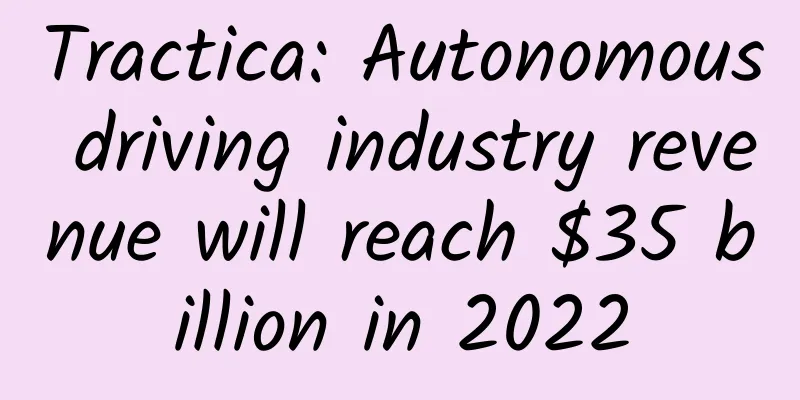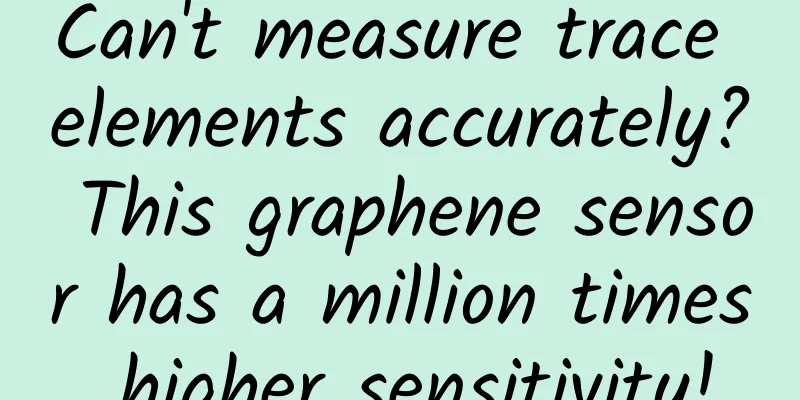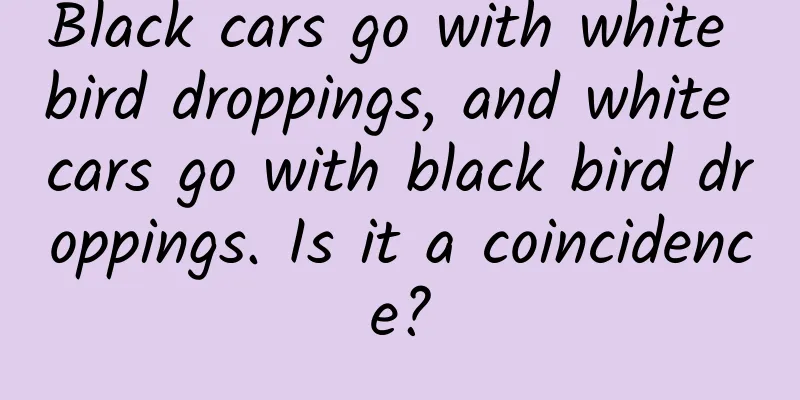How to carry out a successful scenario-based content marketing?

|
Good copywriting is like a love letter, which makes users fascinated at first glance. Only content that is sufficiently scenario-based can be persuasive enough to impress your target users . Please think about 3 small questions firstWhy do lipstick commercials always show the action of applying lipstick? Why do condiment advertisements always feature a warm family in the kitchen and on the dining table? Why do Dove advertisements always feature a couple expressing affection? Because they are all creating user usage scenarios. Let’s look at the following two contents first:
You will find that compared to content A, content B is more vivid. Without scenario-based content, no matter how well your product’s selling points are refined, it will be difficult for users to buy into it. If you are fast, your competitors will be faster than you; if you have good quality, your competitors will be better than you. What you have, your competitors also have, and what you don’t have, your competitors also have. So, why should users choose you? Please give a user a reason to choose you first. A woman went to Uniqlo to shop , found a really nice skirt, and bought it. She can wear it to her boyfriend, to a party next week, to show off to her colleagues, or as a birthday present for her sister. Please remember that what she bought was not just the skirt itself, but the emotions, scenes and values attached to the skirt . If no one appreciates this skirt when I wear it and I can't show it off, what's the point of this skirt being beautiful? She won't buy it. Therefore, integrating all product selling points and features into the scene and creating core competitiveness through scene differentiation is your magic weapon to impress users. The more detailed the scene, the easier it is to create a sense of picture. Once the user creates a sense of picture and starts to associate, dopamine begins to be secreted in the brain. It's easy to be drawn into the scene you create and develop an urge to consume. So how do you find the right scene? (The following uses four categories of products: IELTS training, beauty, K12, and automobiles as examples) First, break down your target users based on your product.Then analyze potential needs based on target usersFinally, possible scenarios are deduced based on potential needsPlease refer to the following flowchart Finally, you have to think about which scenarios really exist and which ones are just your wishful thinking. The user identity roles are different in different scenarios, which leads to different needs. It is recommended to use AB testing for screening, for example: the same channel , the same type of users, use different scenarios to describe. This way you can continuously iterate your scenarios based on the test results until you find the most suitable scenario. As long as the scenario-based content is described clearly enough, it can capture the user's pain points and needs. This can stimulate the user's potential needs to a great extent, allowing the user to make a series of changes from "I don't need it" to "I may need it" and then to "I may really need it". Author: Scrambled Eggs with Tomatoes, authorized to be published by Qinggua Media. Source: |
<<: Ghost Ape Film Concept 6 Baidu Cloud Download
>>: Useful information: An overview of Xiaohongshu’s promotion and traffic generation operations!
Recommend
Bidding promotion: How to optimize core words and effectively manage keywords?
We have compiled a list of common bidding problem...
The Ministry of Industry and Information Technology released 136 apps that violated user rights: Tencent Mobile Manager was among them
On March 12, the Ministry of Industry and Informa...
This may be the most down-to-earth and clearest way to write an operation plan!
Friends who do operations will know that there wi...
UX Lessons Learned from Seven Classic Fairy Tales!
Master screenwriter Robert McKee once wrote: Stor...
The high-definition schematic diagram of the Chinese space station is here! Common terminology knowledge post for manned space flight, it is recommended to collect
With the safe return of the three astronauts Zhai...
How to play Douyin shop: One article explains in detail how to play small shop with no source, small shop group, and self-broadcasting!
When playing Douyin store , there are ways to pla...
6 golden rules of new media marketing!
New Media New media is a relative concept. It is ...
Are you a hair removal person or a comfort person?
The summer clothes that had been lying around for...
What is crawl frequency? Under what circumstances can the crawl frequency cap be adjusted?
Crawl frequency refers to the total number of tim...
International Museum Day丨Amazing! Take a look at these fashion items of the ancients
To create a sense of fashion, exquisite small ite...
Solution sharing | Internet home improvement brand planning and marketing promotion suggestions!
Competition is fierce in the new media marketing ...
How to ensure software quality in the new infrastructure? Cloud testing becomes a popular service
Recently, "new infrastructure" has beco...
The first step to longevity: eat a little fatter!
How fat is healthy? ——A well-proportioned body is...
Case solved! Doctor says eyelashes that fell into the eye are still hidden in the eye
June 6 is the National Eye Care Day. Eyes are oft...
Hints for keeping users hooked on APP: Guiding the needs lurking beneath the surface
We talked about the power of habits and how to ke...









